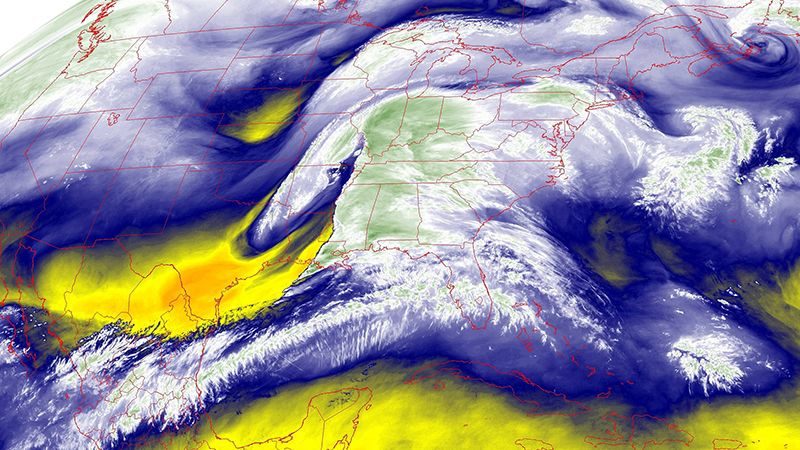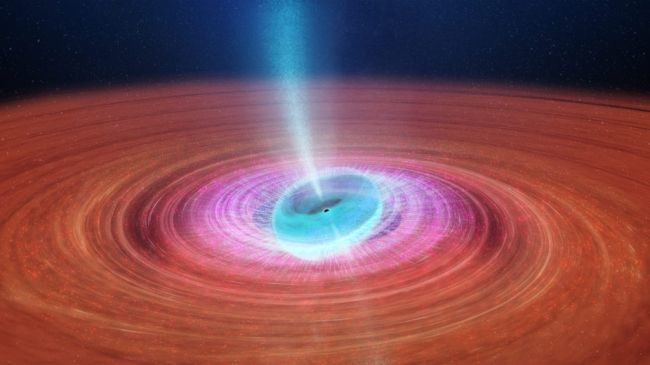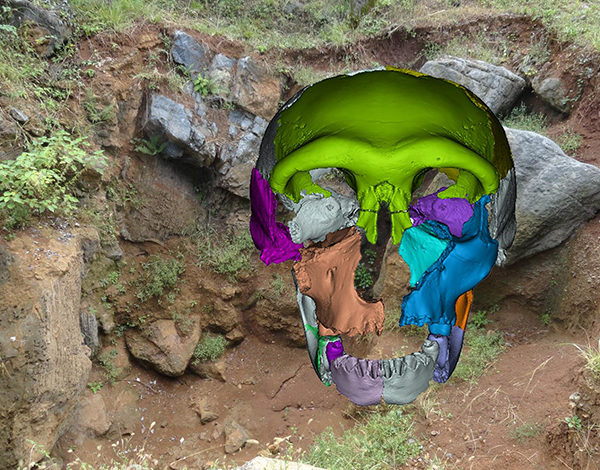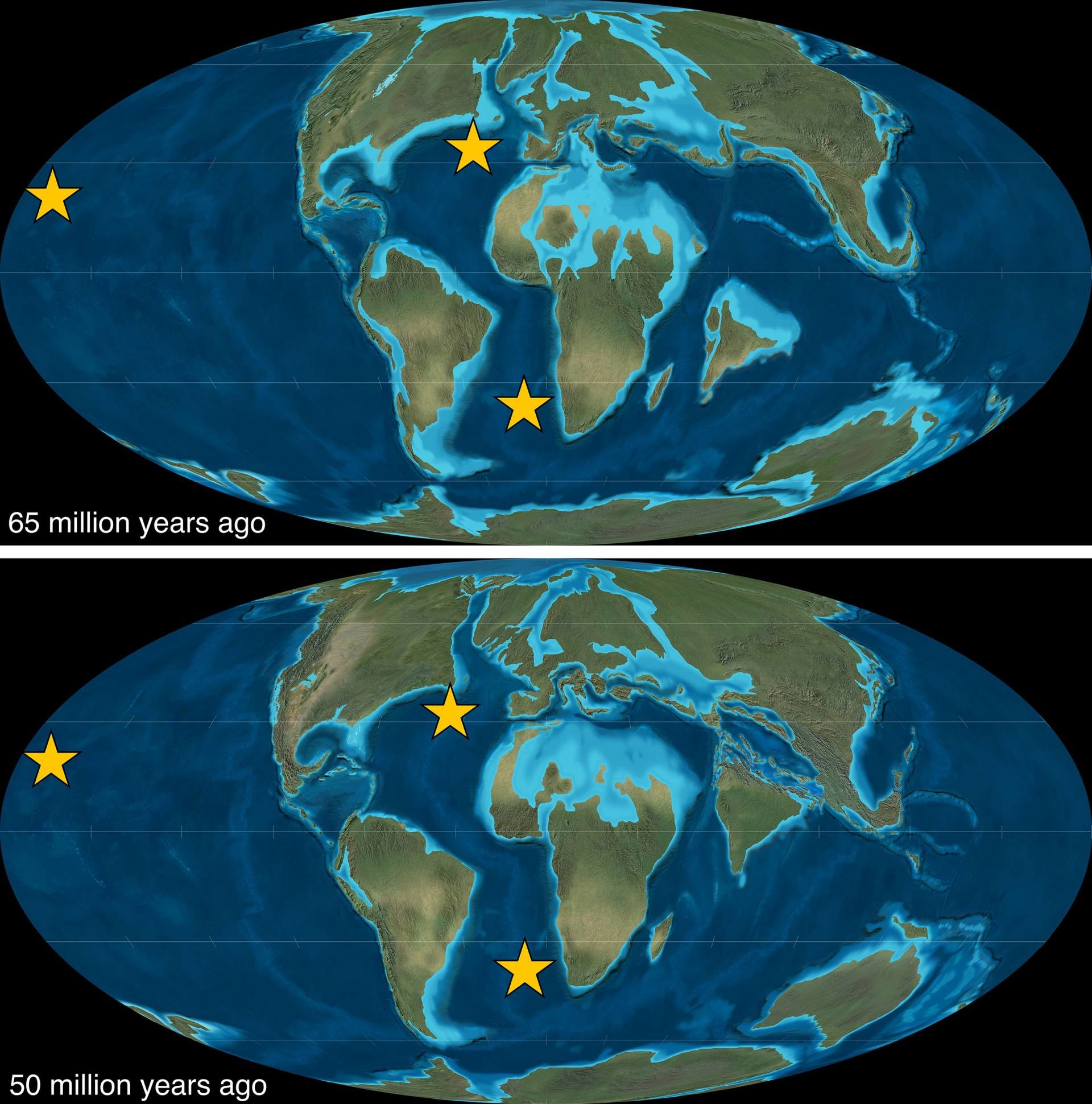The case for intelligent design begins with biology and paleontology, pushes onward to cosmology, physics - and now chemistry. Marcos Eberlin is the superstar Brazilian chemist and member of the Brazilian Academy of Sciences who founded and for a quarter century headed the Thomson Mass Spectrometry Laboratory. His new book,
Foresight: How the Chemistry of Life Reveals Planning and Purpose, is out now from Discovery Institute Press.
Foresight carries endorsements not just from one Nobel Prize-winning scientist. No, not just two either. But three.
They are Sir John B. Gurdon (Physiology or Medicine, 2012), Gerhard Ertl (Chemistry, 2007), and Brian D. Josephson (Physics, 1973). Of course, accolades from famous people don't guarantee that the conclusion of the book is right. But at some point the critics need to admit that the accumulating strength of the argument demands, at last, an adequate response.
As Dr. Ertl writes, "Regardless of whether one shares Eberlin's approach, it is definitely becoming clear that nature is still full of secrets which are beyond our rational understanding and force us to humility." Yes, indeed.
Do you want to help celebrate the launch of this latest leading scientific voice in the discussion about design in nature? Join us in Seattle on Tuesday, May 7, at the Woodland Park Zoo, at 7:30 pm.
More information is here. Meet and hear from Dr. Eberlin, a dynamic speaker will also be touring the United States in coming weeks with speaking events in
Irvine, California (May 2),
Dallas, Texas (May 5), and
Littleton, Colorado (May 6).




Comment: This is just one of many grave concerns over 5G - but with the rise in extreme weather and the increasingly erratic seasons accurate forecasting has never been more critical: